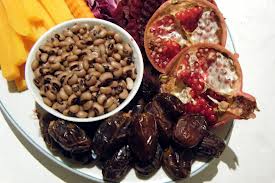Kashrus Kurrents Fall 2010
Q: I have been invited to eat out on Sukkos. The sukkah has canvas walls which shake in the wind. Is this a problem?
A: The Mishna1 states that a person can use the trunks of trees as a sukkah wall. This Mishna is referring to a scenario where the tree trunks are very close to one another, or the space between them has been filled with some other material, and the overhang of the tree branches will not invalidate the schach. The Gemara2 states that this is true only if the tree trunks do not sway. If the tree trunks are supple and sway in a normal wind, the sukkah wall is not valid. The Shulchan Aruch3 codifies this halacha, and adds that if the tree trunks are supple one can tie them to each other in such […]




 STAR-D
STAR-D STAR-S
STAR-S